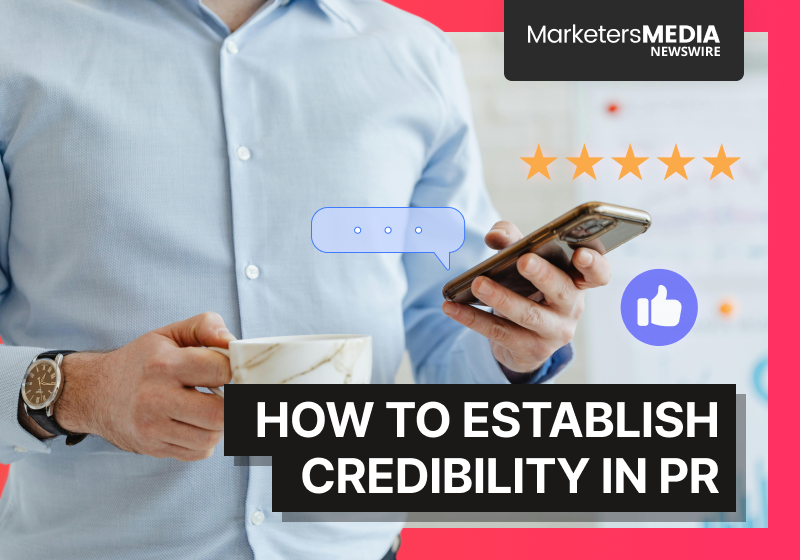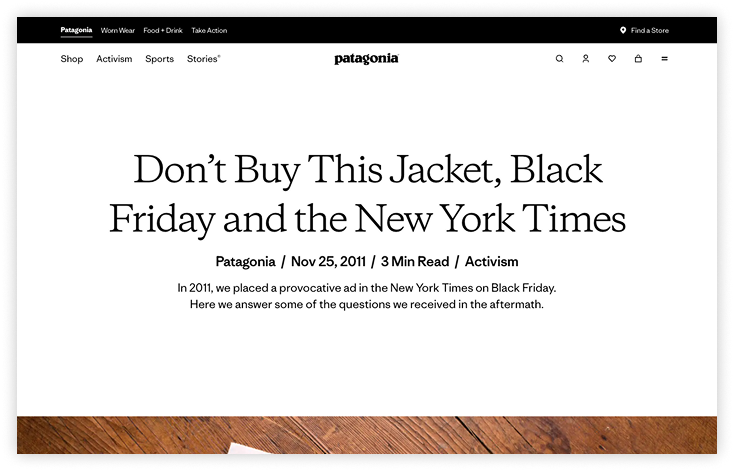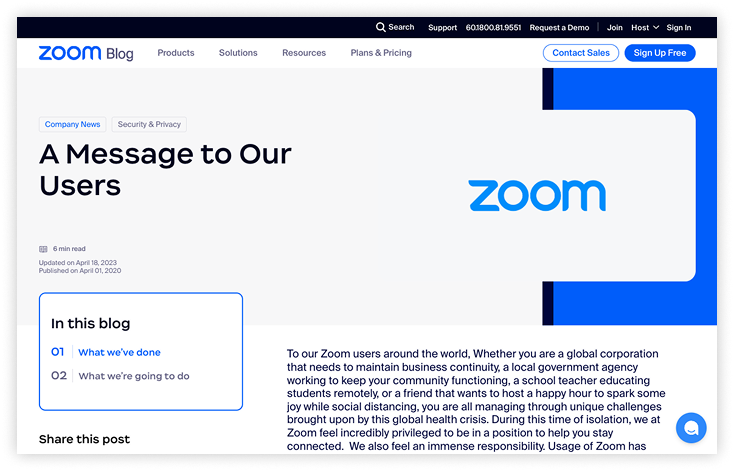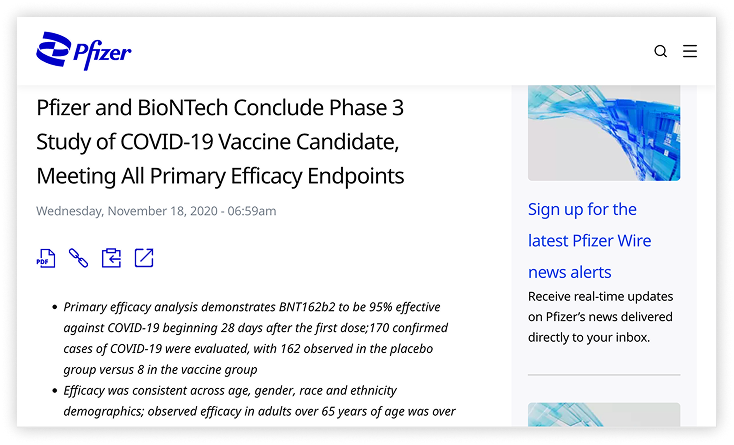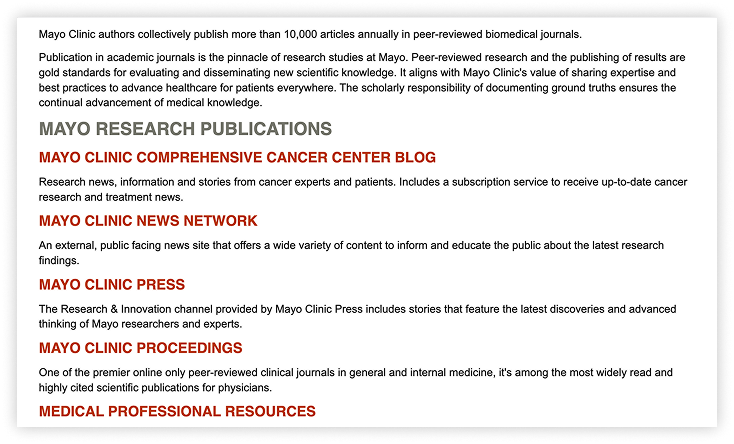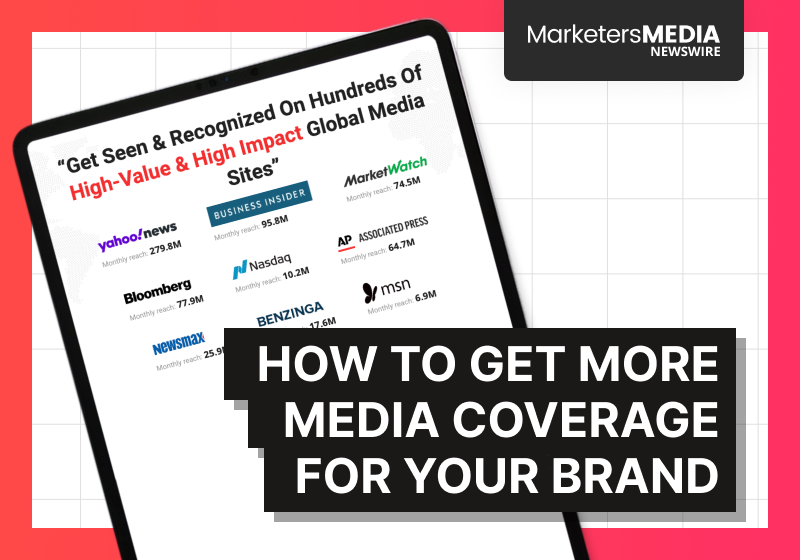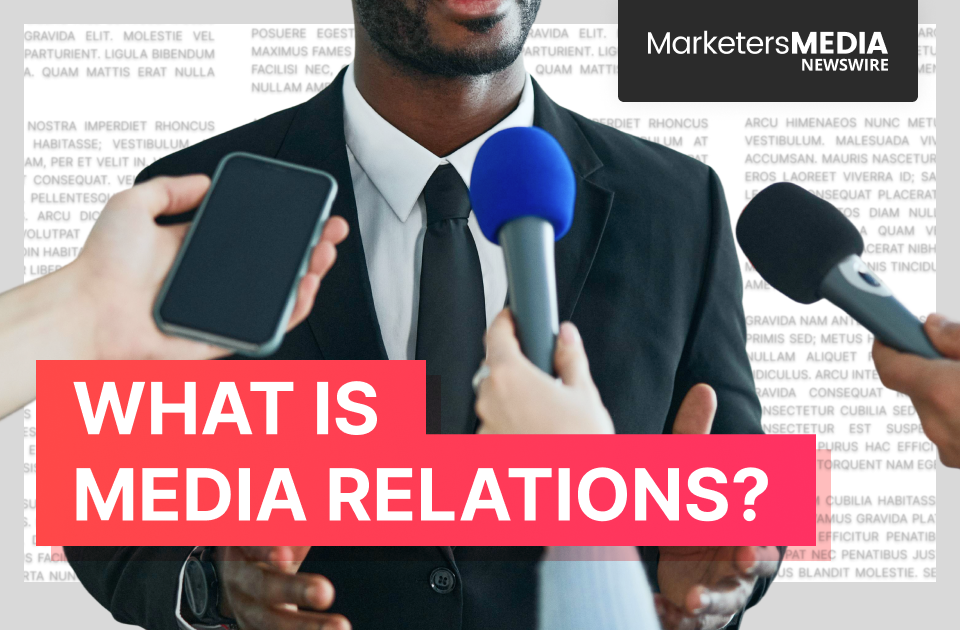Being seen is easy in our media-saturated world. But being believed? That's the real challenge.
Trust no longer comes freely. One inflated claim or vague message can undo years of goodwill.
Every announcement, blog post, or press interaction shapes how people perceive you. The stakes have never been higher. According to the 2024 Edelman Trust Barometer, 61% of people worry that business leaders are purposely trying to mislead the public by saying things they know are false or exaggerated.
That’s not just about poor communication. It’s about a growing sense that even well-crafted messages may not be trustworthy.
Credibility has become the core currency of effective communication. Without it, attention doesn’t go very far.
So before we talk about how to earn credibility, let’s be clear on what it actually is.
What Exactly Is Credibility
We use the word a lot. But what does it really mean?
At its simplest, credibility is the quality of being trusted and believed. But that’s only half the story. In public communication — especially PR — credibility is built on two things working together:
- Trustworthiness: People believe you’re honest.
- Competence: People believe you know what you’re doing.
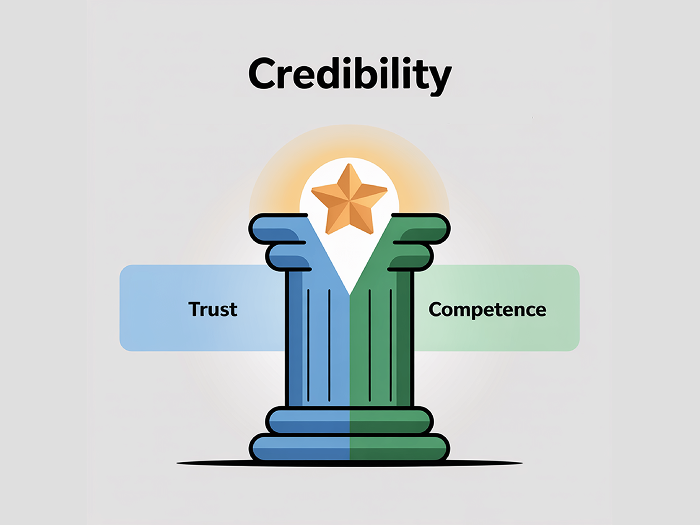
If either one is missing, the message falls apart. You can be likable and sincere, but if you don’t seem capable, people won’t rely on you. Or you can be sharp and skilled, but if your audience suspects you’re bending the truth, they’ll stop listening.
That’s why credibility isn’t something you can declare. You can’t just tell people to trust you. It’s something they decide — based on what you say, how you act, and how consistent those two things are over time.
Which brings us to the real question:
If you can’t just say you’re credible, how do people decide you are?
How Credibility Is Earned
You can’t claim credibility. People watch for it.
They pay attention to what you say, yes. But they’re also watching what you do, how you respond when things go wrong, and how your actions line up with your message.
This is where many brands and leaders fall short. The messaging is polished, but the behavior doesn’t back it up.
A sleek press release doesn’t matter much if your product fails and you go silent. And a heartfelt mission statement doesn’t mean much if your decisions tell a different story.
So what actually builds credibility?
Here are a few traits that show up consistently — in words and actions:
- Consistency: Doing what you said you would. Showing up, again and again.
- Transparency: Explaining not just results, but also decisions and challenges.
- Authenticity: Speaking like a real human, not a press template.
- Prioritizing trust over popularity: Choosing what’s right, even if it’s not the most flattering option.
And we’ve seen these in action.
- When Patagonia refused Black Friday sales to stay aligned with its environmental mission, that was consistency.
- When Buffer published internal salaries, that was transparency — and a bold one.
- After a major travel disruption, Southwest Airlines’ CEO spoke plainly: “I am extremely sorry.” That kind of directness is rare — and human.
- And when Zoom paused all feature development for 90 days to fix security issues during peak growth? That was putting credibility ahead of growth.
People don’t need perfection. But they notice when your actions match your message — and when they don’t.
While these principles shape your overall credibility, most people will judge you primarily based on your public communications.
How Communication Reflects Credibility
Most people don’t see your decision-making process. They don’t sit in on your meetings or know what happens behind the scenes.
What they do see — and judge — is what you say publicly.
That’s why communication plays such a big role in credibility. It’s where your values show up. Or don’t.
When your message is clear, honest, and grounded in what you’ve actually done, it builds trust. When it’s vague, inflated, or disconnected from reality, it raises red flags.
Take Pfizer’s 2020 press release announcing its COVID-19 vaccine results. Instead of vague optimism, it shared a precise 95% efficacy rate, explained the trial methodology, and acknowledged what was still unknown. The clarity and transparency helped earn public trust during a moment of global uncertainty.
Now contrast that with BP’s “Beyond Petroleum” campaign. When BP claimed to be "beyond petroleum" while their investments remained overwhelmingly in fossil fuels, the disconnect damaged their credibility for years.
Credible communication doesn’t try to impress. It focuses on what matters:
- Speaking directly to your audience’s needs
- Avoiding filler, hype, or jargon
- Acknowledging setbacks instead of spinning them
- Being consistent across channels and touchpoints
If people don’t trust how you say things, they won’t believe anything else you have to offer.
But effective communication isn't a one-time event—it requires sustained effort and strategic thinking.
Sustaining Trust Through Strategic PR
Credibility isn’t built with a single announcement. It builds slowly, through repetition, consistency, and relevance over time.
This is where public relations plays a long game.
Well-timed press releases, thoughtful commentary, and content that actually helps your audience — these aren’t one-off tactics. They’re part of how you stay visible and believable.
Consider how Mayo Clinic built their reputation. They didn't claim medical expertise—they demonstrated it consistently through:
- Publishing over 10,000 peer-reviewed medical journal articles annually
- Creating educational content that helps patients understand complex conditions
- Maintaining a 150-year history of putting patients first
- Responding effectively during health crises with clear, accurate information
Organizations can build on these principles with several complementary approaches to grow credibility over time:
- Keep learning and stay informed—reflect that in your messaging. McKinsey publishes research freely, positioning themselves as knowledge leaders rather than just service providers.
- Create and share content that teaches, guides, or supports. HubSpot built an enormous following by giving away valuable marketing knowledge before asking for business.
- Cite real examples, data, and expert voices. Salesforce regularly includes customer success metrics in their communications, backing claims with proof.
- Encourage growth in others. Credibility shared with your team multiplies. Consider how Johnson & Johnson handled their Tylenol crisis back in 1982. By empowering employees at all levels to prioritize customer safety through an immediate recall, they rebuilt trust faster than anyone expected.
But let’s be honest — even with the best intentions, things go wrong. A product fails. A decision backfires. A crisis hits unexpectedly.
When that happens, it’s not the mistake that defines you.
It’s how you respond.
When Trust Breaks — How Credibility Is Rebuilt

Credibility can be rebuilt, but only through clear, visible, and honest action:
Acknowledge the issue completely.
When Chipotle faced food safety issues in 2015, they closed stores nationwide—a $16 million decision that signaled seriousness.
Take visible corrective action.
They then implemented new food safety protocols that exceeded industry standards and communicated these changes transparently.
Accept accountability.
No deflection, no excuses. When Samsung's Galaxy Note 7 batteries started catching fire, they took full responsibility rather than blaming suppliers.
Give it time.
Toyota's accelerator pedal crisis damaged their safety reputation, but the company rebuilt trust over several years by redesigning parts, improving transparency, and sticking to quality.
There’s no shortcut.
Rebuilding trust takes more time and effort than earning it the first time — but it’s possible.
But it can return — if your words, actions, and communication align in the recovery.
Final Thoughts
You can’t manufacture credibility.
You earn it — day by day, word by word, action by action.
Press releases, announcements, interviews — they all shape perception. But if your actions don’t match your message, people stop listening.
So keep it simple: Be consistent. Be clear. Be honest.
Because in the end, credibility is what makes your message stick. Everything else fades.
If you’re using PR to build trust over time, make every word count.Need a distribution strategy that reflects your credibility? Start here with MarketersMEDIA.
Free Press Release Template
Tell us where to send your PDF:
